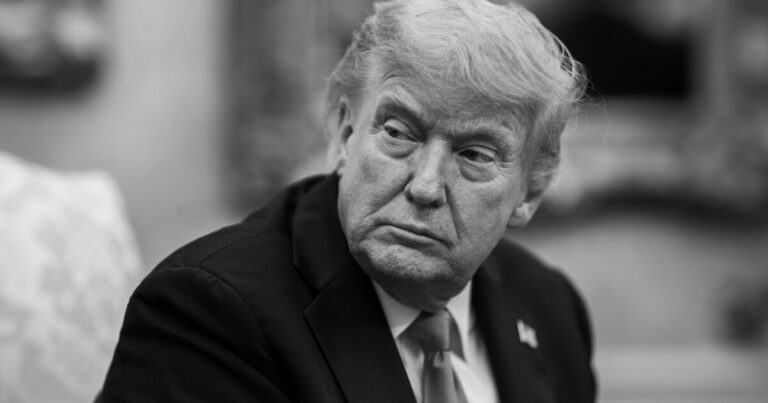Trump’s Vision for a Balanced Budget: An Opportunity or Just Ambition?
In recent remarks, former President Donald Trump expressed optimism about the possibility of balancing the federal budget during a potential second term. He highlighted key factors that could lead to this achievement, addressing both the financial landscape and legislative efforts.
A Promising Financial Landscape
In an interview broadcast on Just The News, Trump emphasized that the U.S. is currently generating substantial revenue. He noted the recent $25 billion budget surplus from last month and predicted that tariff revenues, which are expected to increase, might significantly contribute to the budget.
Key Financial Points
- Tariff Revenue: Trump stated that the U.S. has already garnered $106 billion in tariff revenue.
- Projected Growth: Estimates suggest that tariff revenue could reach around $300 billion by year-end.
- Rescission Packages: Recent legislative measures have aimed at reducing government spending, a crucial step toward budget balance.
Trump remarked, “We’re taking in tremendous amounts of money… the tariffs haven’t really started by comparison to what they will be," indicating there are further opportunities to enhance revenue.
Legislative Achievements
Recent Rescission Package
The House of Representatives recently passed a $9 billion rescission package, aimed at reducing federal spending and eliminating waste. This legislative endeavor reflects Republican promises to cut unnecessary expenditures.
- Funding Cuts: The rescissions package includes significant cuts to the Corporation for Public Broadcasting, impacting organizations such as NPR and PBS.
- Votes: The bill was narrowly passed with a 216–213 vote, signaling divided opinions within Congress.
This legislative victory comes shortly after Trump signed the One Big Beautiful Bill Act, which, among other reforms, made the 2017 individual tax cuts permanent.
Tariffs and International Negotiations
Trump’s discussion on tariffs extends beyond fiscal matters. He announced plans to expand tariffs on foreign goods, which he believes could create a counter to the existing Internal Revenue Service (IRS).
Important Points on Tariffs
- Tariffs currently focus on automobiles, aluminum, and steel.
- Future tariffs will extend to various other foreign goods starting August 1.
- Trump asserted, “We’re not going to be ripped off by every country… and they know that,” hinting at negotiations in progress with multiple nations.
According to Trump, this ambitious approach will yield substantial economic benefits, helping alleviate the federal deficit in ways that traditional tax mechanisms cannot.
The Path Ahead
As discussions surrounding budget control and spending cuts continue, Trump’s vision raises critical questions regarding federal fiscal policy and governance. Will these initiatives pave the way to eradication of the budget deficit, or remain lofty ambitions? The coming months will be pivotal in determining the efficacy of these proposals and their impact on the nation’s economic health.
Summary
- Balanced Budget Vision: Trump is optimistic about balancing the budget with rising tariff revenues.
- Legislative Moves: Achievements like the rescission package aim to curtail government spending.
- Future Tariffs: Planned expansions could further enhance revenue streams.
For those following the evolution of the U.S. economy, Trump’s perspective provides a mix of hope and skepticism, emphasizing the need for careful scrutiny of these fiscal strategies moving forward.
Explore More About US Budget Proposals here and stay informed on the latest developments in economic policy.


